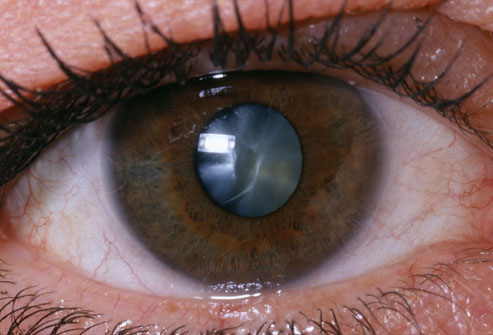Being tall may increase the risk of blood clots in the leg veins or lungs in both men and women, according to a new Swedish study that examined government health records of nearly 3 million people.
While other research has noted the correlation, this study is unique because it only included siblings, minimizing the chance that environmental factors affected the results.
“Socioeconomic factors like education and poverty can confound results. One way to adjust for that is a sibling design because they share the same socioeconomic background,” said the study’s lead researcher Bengt Zöller, M.D., of Lund University and Skåne University Hospital in Sweden.
Researchers looked at rates of a condition called venous thromboembolism, in which a blood clot occurs in the deep veins of the leg, known as deep vein thrombosis, or in one or more arteries in the lungs, known as a pulmonary embolism.
Venous thromboembolism affects 300,000 to 600,000 Americans each year, contributing to the deaths of tens of thousands, according to statistics from the American Heart Association.
Health records were only available for men who enlisted in the military and pregnant women. Still, the results were dramatic.
In the study, published Tuesday in Circulation: Cardiovascular Genetics, nearly 2 percent of the 96,813 men who were 6-foot-2 and taller suffered venous thromboembolism. That’s more than twice the rate—0.7 percent—among the 2,579 men under 5-foot-2.
The danger of developing venous thromboembolism jumps with pregnancy, as hormones change and blood flow to the legs is reduced by the fetus’ weight pressuring veins. Yet the research found that occurrence of clots was even greater in tall, pregnant women. Short women under 5-foot-1 were 70 percent less likely to have a clot than women 6-foot-1 and taller.
Risk climbed steadily with increasing height in both men and women.

Zöller said the link between height and venous thromboembolism in women hasn’t been widely studied, so the data’s strength surprised him. “It was even consistent in women,” he noted.
Venous thromboembolisms commonly begin in leg veins, and taller people tend to have long legs. Doctors speculate that taller people may be at higher risk for clots because the blood in their legs is struggling against the pull of gravity as it flows back to the heart.
“When blood is sitting still, it likes to clot,” said Mary Cushman, M.D., professor of medicine at the Larner College of Medicine at the University of Vermont, and director of the Thrombosis and Hemostasis Program at the University of Vermont Medical Center. “The slower the flow and the more turbulent the flow is, the more likely the blood is to clot.”
Height reduction is obviously not an option for preventing the condition, leaving tall people to educate themselves about the condition and its symptoms and risks, experts said. Obesity increases the possibility of a venous thromboembolism, for example. Cushman suggested that maintaining a healthy weight may be even more important for taller people.
A family history of blood clots also increases risk, she said. That’s why it’s especially critical for taller people to learn their family history and discuss it with their doctors.
Inactivity is another risk factor. Cushman said that tall people facing stretches of immobility or long plane rides should discuss the condition with their doctors, and consider options such as taking a low-dose aspirin to prevent clotting.
Cushman hopes the study will not only highlight the connection between height and venous thromboembolism but also spark an overall discussion about the condition. She noted that many people—regardless of their height—don’t know about venous thromboembolism, which causes symptoms such as pain, aching, swelling and redness in the legs, although if the clot travels to the lungs, patients may have difficult and painful breathing.
“So many of my patients come in with serious and even life-threatening blood clots and have never even heard of the condition,” said Cushman.






